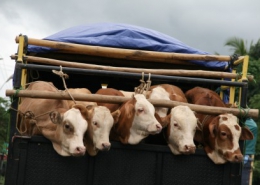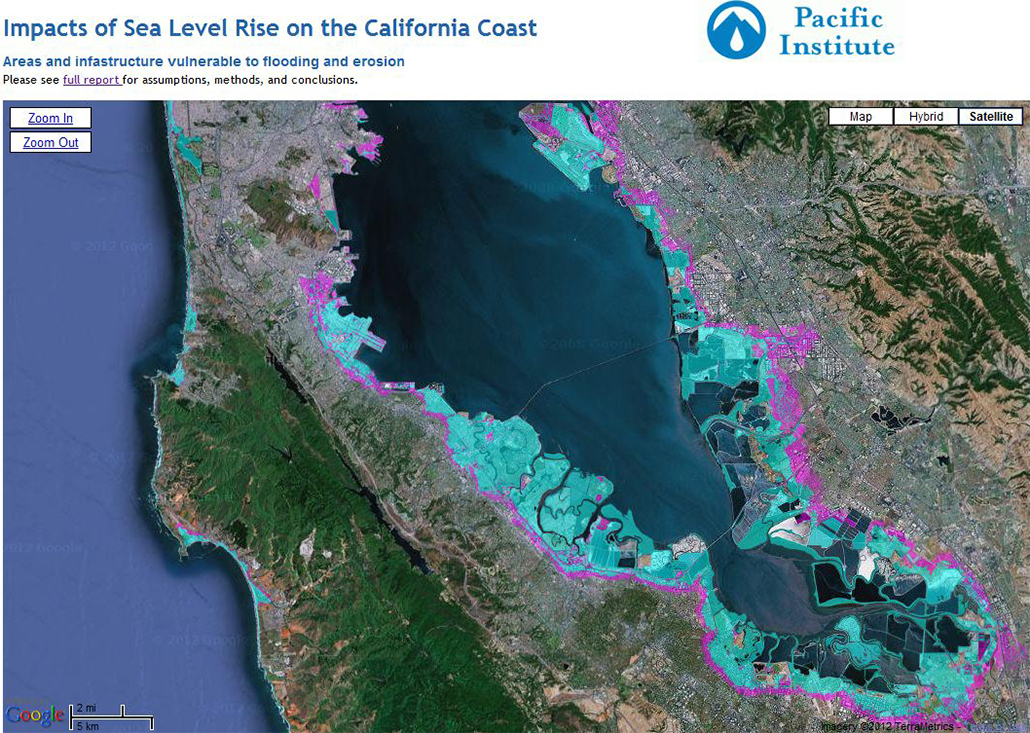Economic Analysis of California Climate Policy Initiatives using the Berkeley Energy and Resources (BEAR) Model
Place: California • Date: 2007 • Partner: California Air Resources Board
Project Summary
For the last two years, economists at UC Berkeley have conducted independent research to inform public and private dialogue surrounding California climate policy. Among these efforts has been the development and implementation of a statewide economic model, the Berkeley Energy and Resources (BEAR) model, the most detailed and comprehensive forecasting tool of its kind. The BEAR model has been used in numerous instances to promote public awareness and improve visibility for policy makers and private stakeholders.1 In the legislative process leading to the California Global Warming Solutions Act (SB32), BEAR results figured prominently in public discussion and were quoted in the Governor’s Executive Order to carry out the act.
In this brief contribution, we give an indication of BEAR’s policy support capacity with independent assessment of three ARB reference scenarios. Generally speaking, our results support the view that the state can reconcile its goals for economic growth and more sustainable climate policy. The policy choices informed by the scoping process will be more effective, however, if they are supported by rigorous ex ante assessment like that reported here. More evidence-based work of this kind will broaden the basis of stakeholder interest in the state’s climate initiative and facilitate constructive policy dialog.
Most Recent Entries

California and China: Leadership for a Low Carbon Future

Roadmap on the Prospects for GMS National Scaling and GMS Regional Coordination of Agrifood Traceability Schemes





